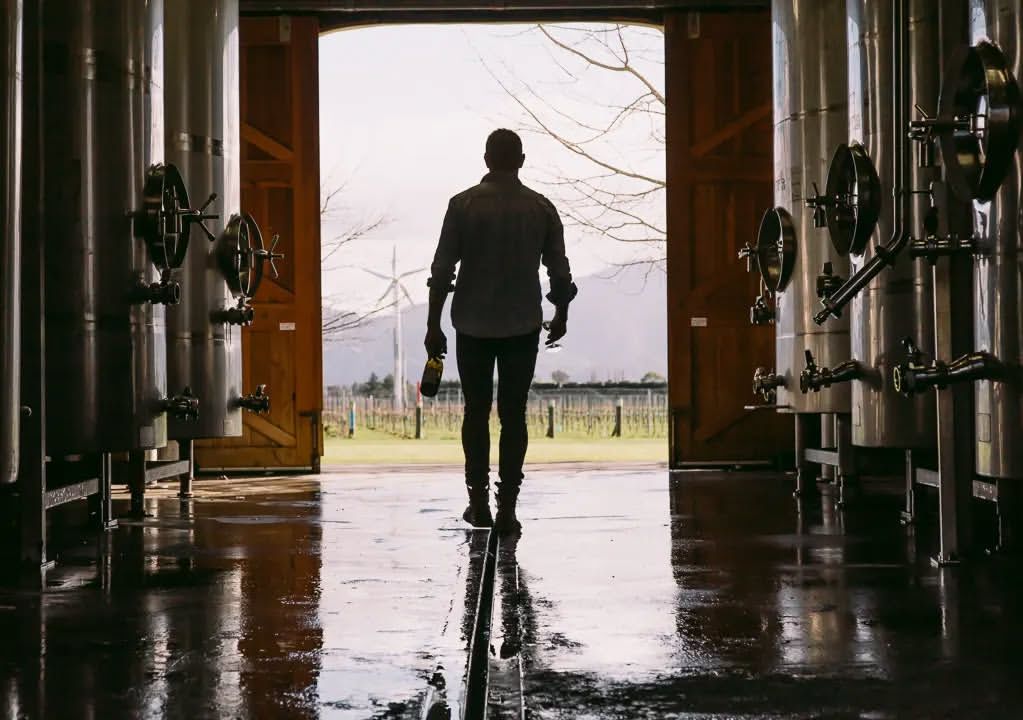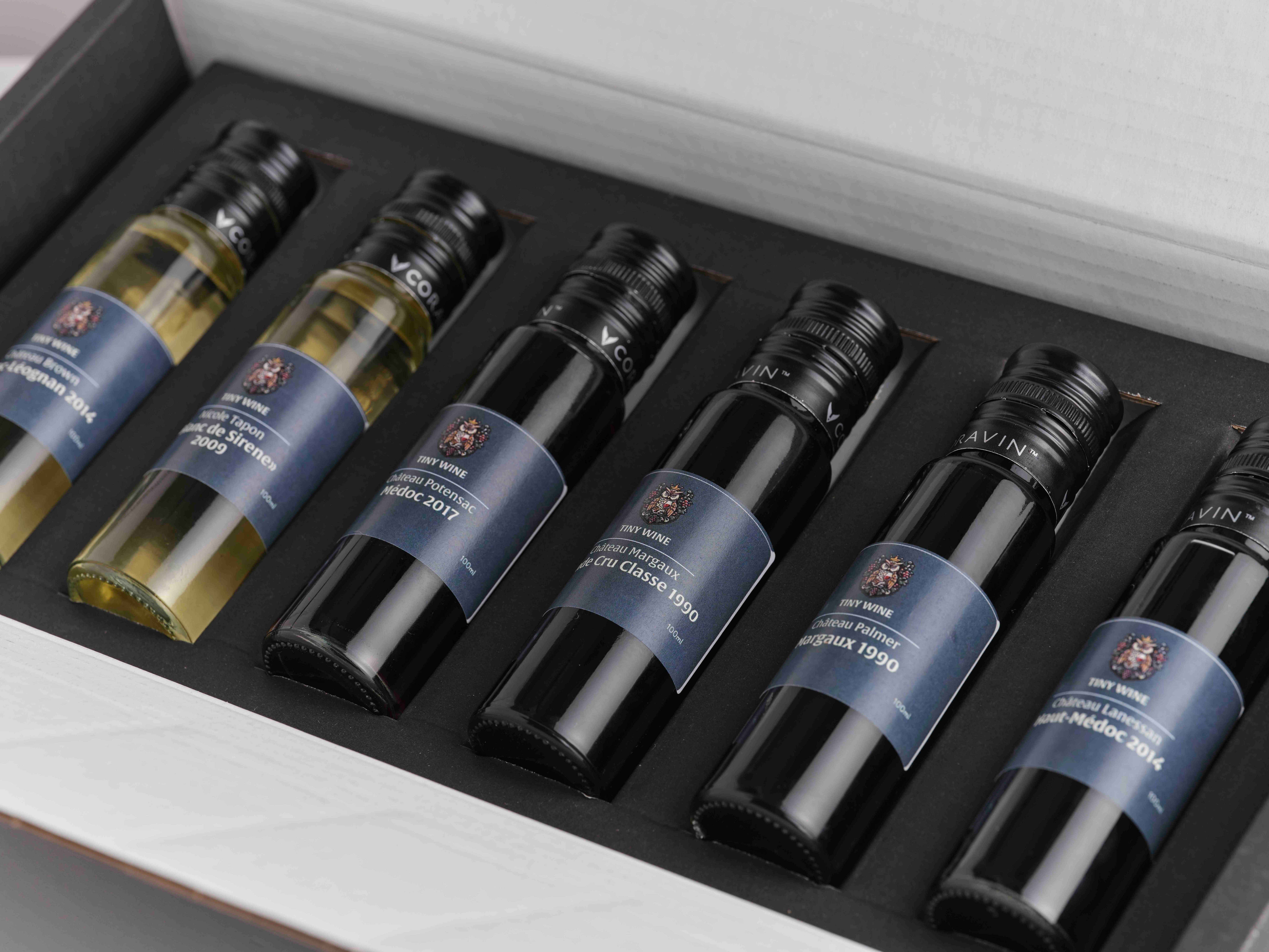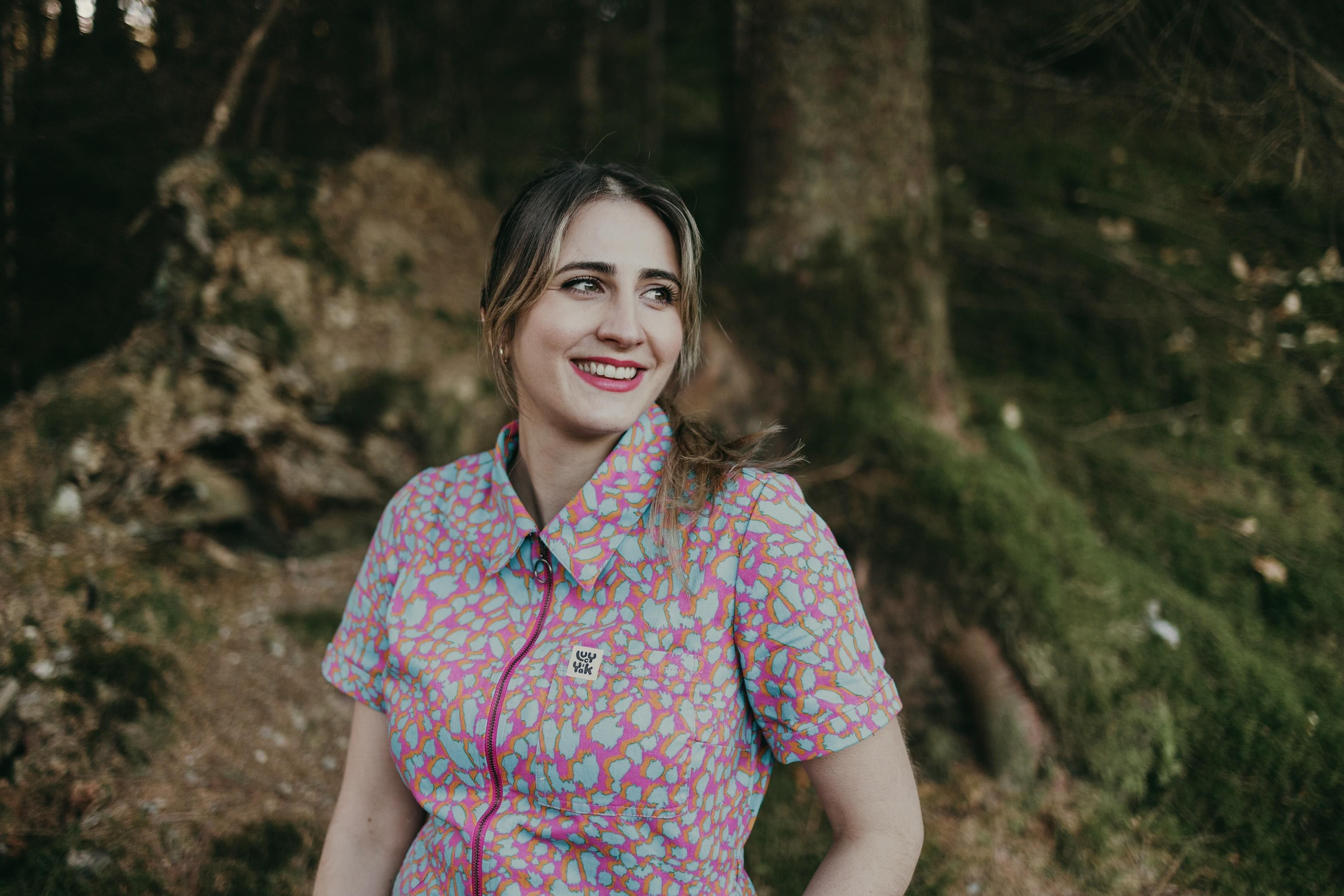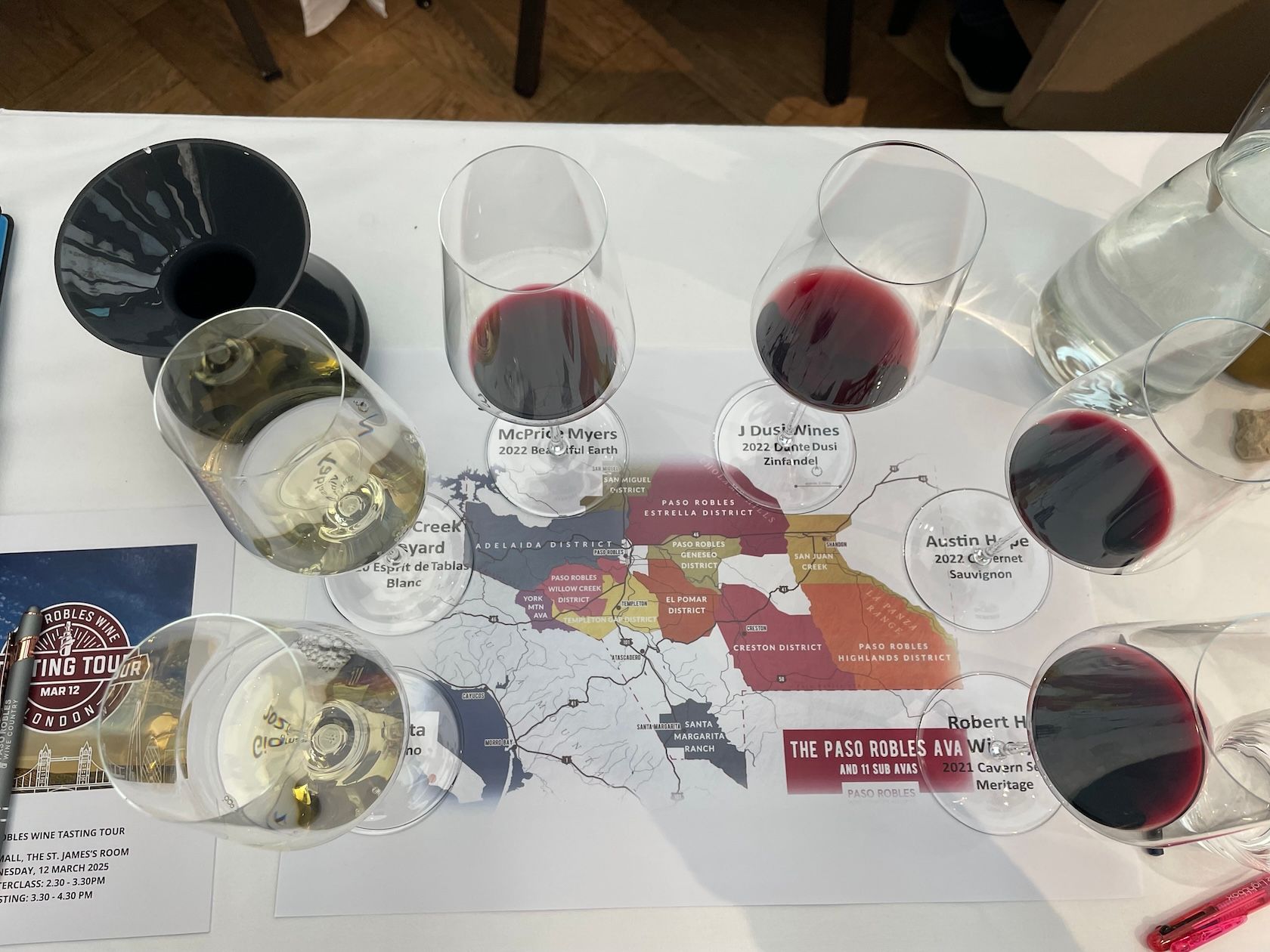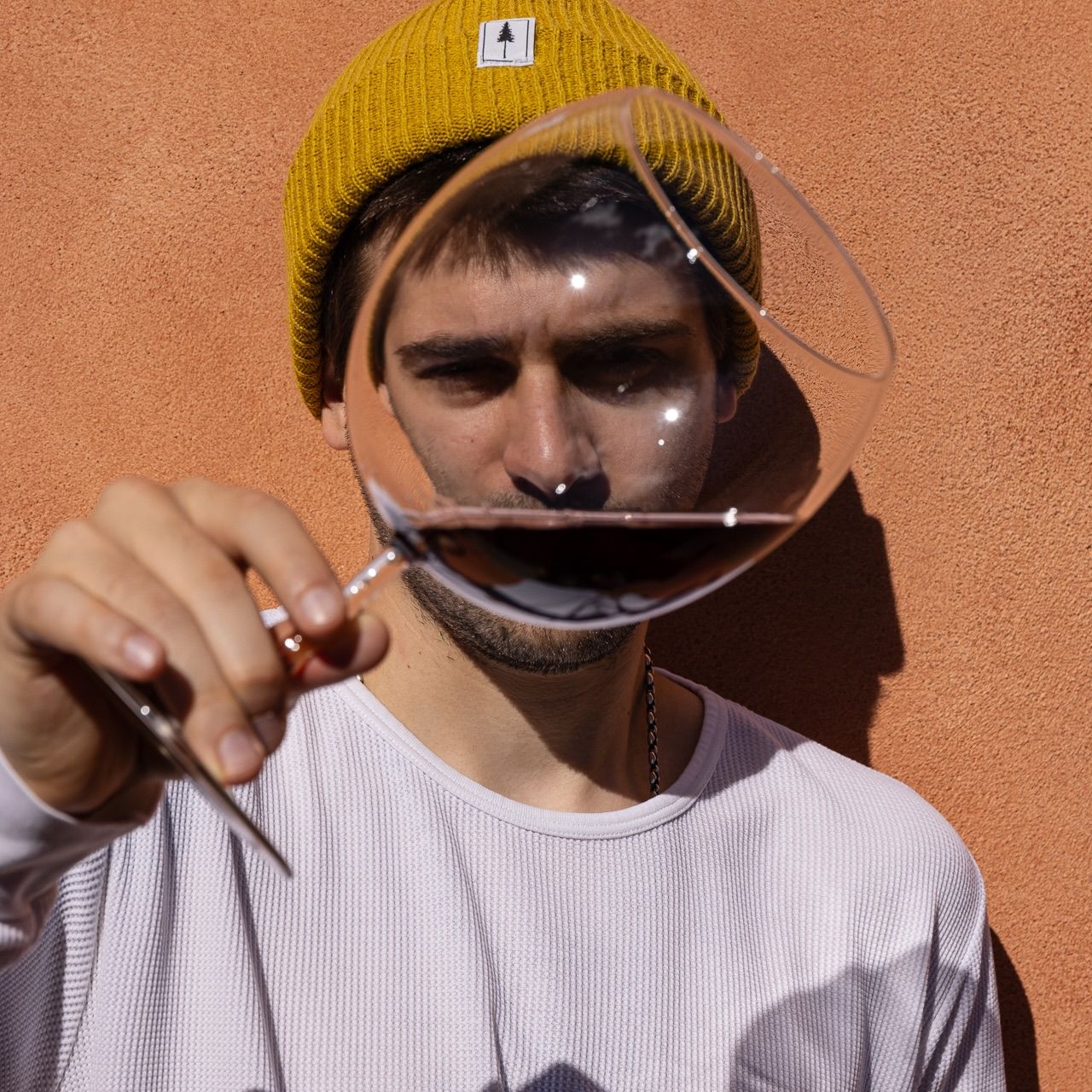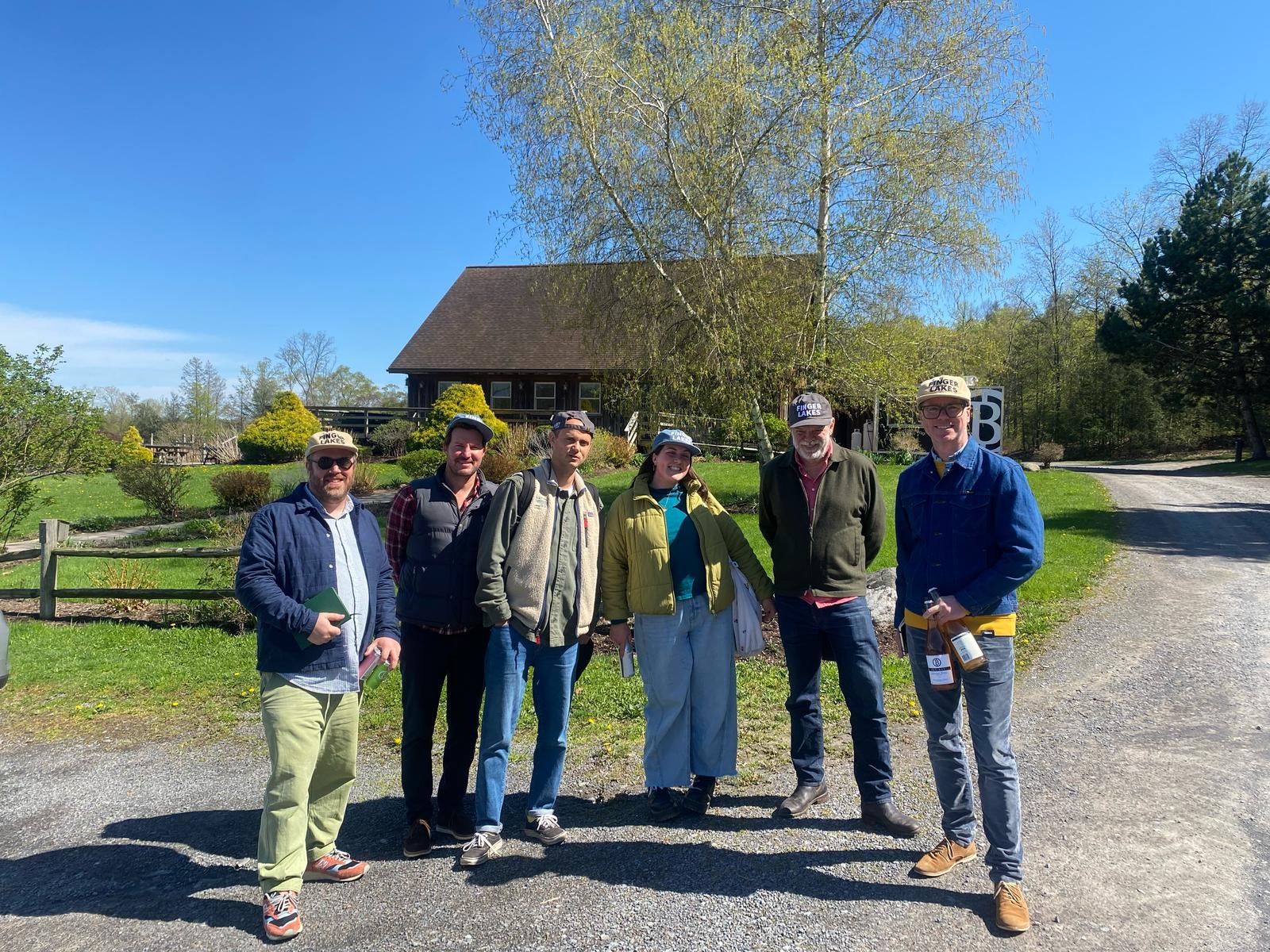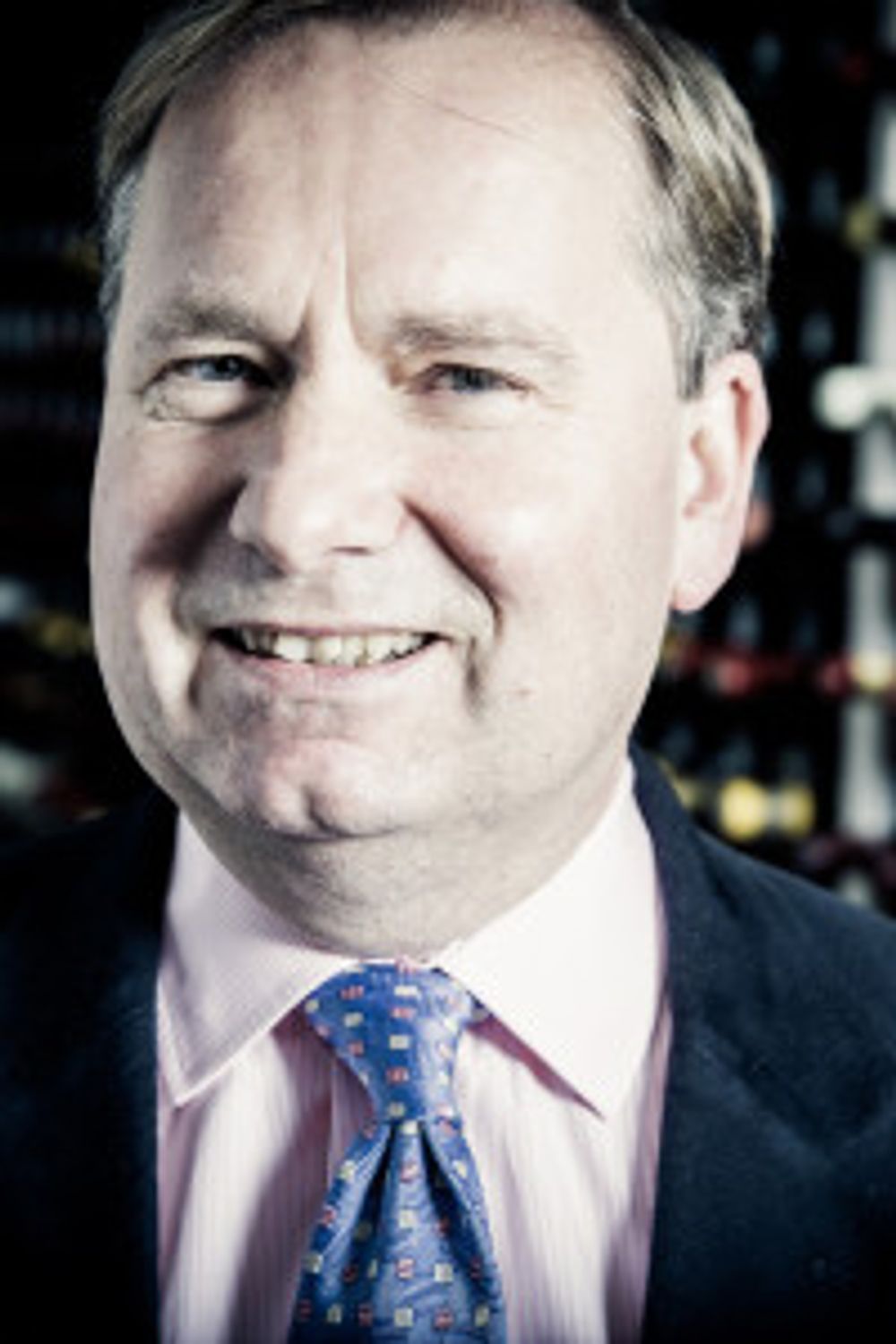
Simon Field, Berry Bros & Rudd’s Champagne buyer
“The world of Champagne is changing, slowly, gradually and discretely I grant you, but definitely for the better, very much like a lot of its wines in point of fact. A glorious fizzy paradox dictates that the hegemony hitherto enjoyed by the big houses has persisted in Champagne for far longer than in other regions, Burgundy being the most obvious and nearest example, mainly because the quality of its wines has been so good. As a consequence, the growers themselves have, for a variety of reasons, been happy to sell their grapes to the Moets and Laurent Perriers of this world, gleaning a degree of vicarious satisfaction from the fact that the end product will be well presented, well marketed and, in general, very pleasant to drink. And the premium in pricing that Champagne has had over its global sparkling competitors for so long means two things – first a very agreeable living and second land prices which ensure a more than satisfactorily retirement for those who are lucky enough to own properties in the designated region.
All well and good, but maybe not very exciting. Champagne may only cover 34,000 hectares, but within this there are three clearly defined regions and extraordinary differences in terrain, aspect and terroir, not to mention winemaking techniques. The big houses, which we are no longer officially supposed to call Grandes Marques, benefit from economies of scale most significantly to facilitate sourcing fruit from across the region in an effort to mitigate the marginal climate and sometimes quite localised weather conditions. The consequence of this, of course, has been that consistency has won over diversity.
It’s only in the last few years that the growers have developed a self-belief and commercial awareness to start up on their own, to take a road that is far more challenging than merely selling grapes to that persuasive gentleman from Lanson. The results are by turn fascinating and revealing, demonstrating as they do, the multiplicity of styles that are now clearly discernible in this most fascinating of regions. From the inaugural and highly successful Berry Bros & Rudd Artisan Champagne tasting, held recently at The Vintners’ Hall, I would recommend three wines in particular; the rich and savoury Blanc de Noirs from Eric Rodez, the refined aperitif Blanc de Blancs 2006 from Guy Larmandier and finally the supremely complex Cuvée 738 from our dynamic friends at Champagne Jacquesson. All three demonstrate eloquently why Champagne is now the most exciting wine region in France.”
Simon Field’s artisanal Champagne selection
Champagne Rodez, Blanc de Noirs Grand Cru
The attractive light copper tinge to this presages the dark red fruit of this pure pinot noir Champagne, given just a little depth by a well-judged use of old oak (75%) which does not at all overpower the fruit. This oak-ageing combined with partial malolactic fermentation results in a Champagne which maintains a high degree of freshness to offset the weight of the fruit from Ambonnay.

Jacquesson Champagne 737
Jacquesson’s Champagne Cuvée 737 continues the extremely successful policy of segregating wines by base year, in this case 2010, which makes up 70% of the assemblage, and then adding generous reserve wines, mainly from 2009 and the excellent 2008 vintage, which in turn add weight and texture. The nose is flinty with notes of honey, verbena and blossom, complemented by a palate that sings a stone fruit hymn with hints of hazelnut and almond at the back of the palate.
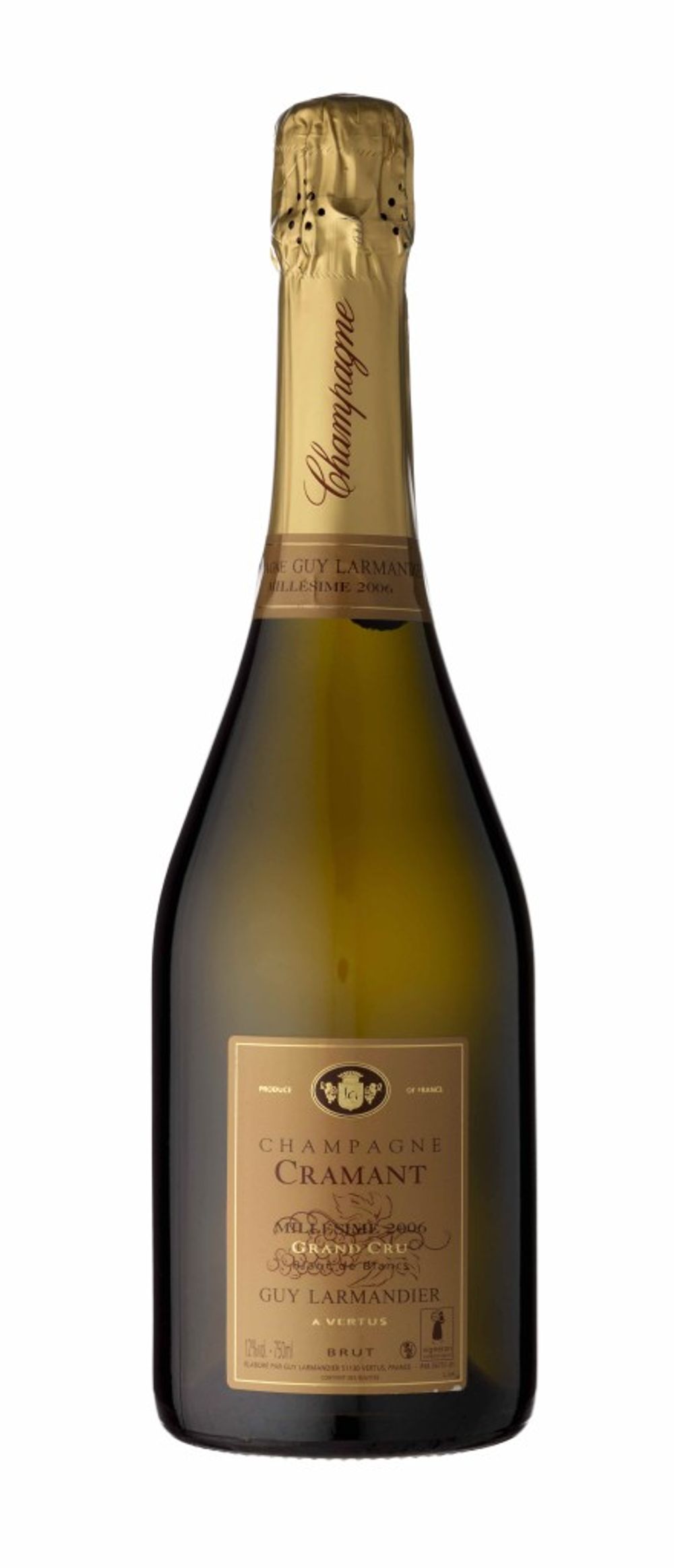
Champagne Guy Larmandier Prestige Blanc De Blanc Gand Cru
Guy Larmandier, Grand Cru Blanc de Blancs
The 2006 Cramant has a delightful nose of apple charlotte, almond and praline; the palate underlines the elegance for which this famous Grand Cru village is famous, with citric freshness, an exuberant mousse and a fantastically refreshing finish. Gently buttery with a soft and almost tropical core this outstanding example comes from the Vertus scion of the Larmandier family and rehearses all the virtues of the finest Champagne.
Tempus 2015

